While the IndyCar title race remains as unpredictable as ever with Alex Palou the favorite, but he’s battling a schedule that ends with four ovals in five races, another, potentially more lucrative battle is also brewing.
The contract between the teams and the series, known as the Leaders Circle, is a condition of entry for both parties, and through it, the top 22 cars in the championship are rewarded with just under $1 million at the end of the year for their participation in and completion of the series.
The champion and the car that finishes 22nd get the same amount.
It’s a crucial year for the Leaders Circle, as we’ll explain, so the competition is as fierce as ever.
Why is it complicated?
First, since the Leaders Circle is a contract between the teams and the chain, it is a convenient way for both parties to avoid discussing and regularly arguing about the fifth clause.
So there is no document that contains information about him, only the information can be revealed through the teams to confirm the information.
It’s more complicated because the latest agreements have certain conditions that have excluded some cars. Only three cars per team are eligible, so two of Ganassi’s cars, Kevin Simpson’s #4 and Marcus Armstrong’s #11 (above), are ineligible.
Therefore, these two vehicles should be removed from the classification.
Why is it so important in 2024?
There are a number of very important reasons why joining the Circle of Leaders this year is more important than any other year.
The first reason is that costs have gone up significantly in the second half of the year with the introduction of the new hybrid unit. It’s not just the actual cost of the unit, it’s also the components associated with it and the staff needed to run it efficiently, plus any damage you have to repair along with it.
The last thing you want is to incur this extra cost and then lose a million dollars from your budget compared to last year.
Second, and much more importantly, there is a split behind the scenes over IndyCar’s efforts to introduce a franchise system, although as was the case when it was first discussed, certainly in the CART days and perhaps before, the delays continue and no one can agree on the details.
The system would work like NASCAR’s charter system where the entry is purchased from IndyCar and then owned by that team, giving them something tangible for their team to sell.
And as the grids have been rising in the series over recent years, finding the right number to assign a charter is tough, plus the one thing the teams want — guaranteed entry into the Indy 500, where most of their sponsorship money comes from — is the one thing IndyCar can’t offer without upsetting fans and ending more than a hundred years of tradition.
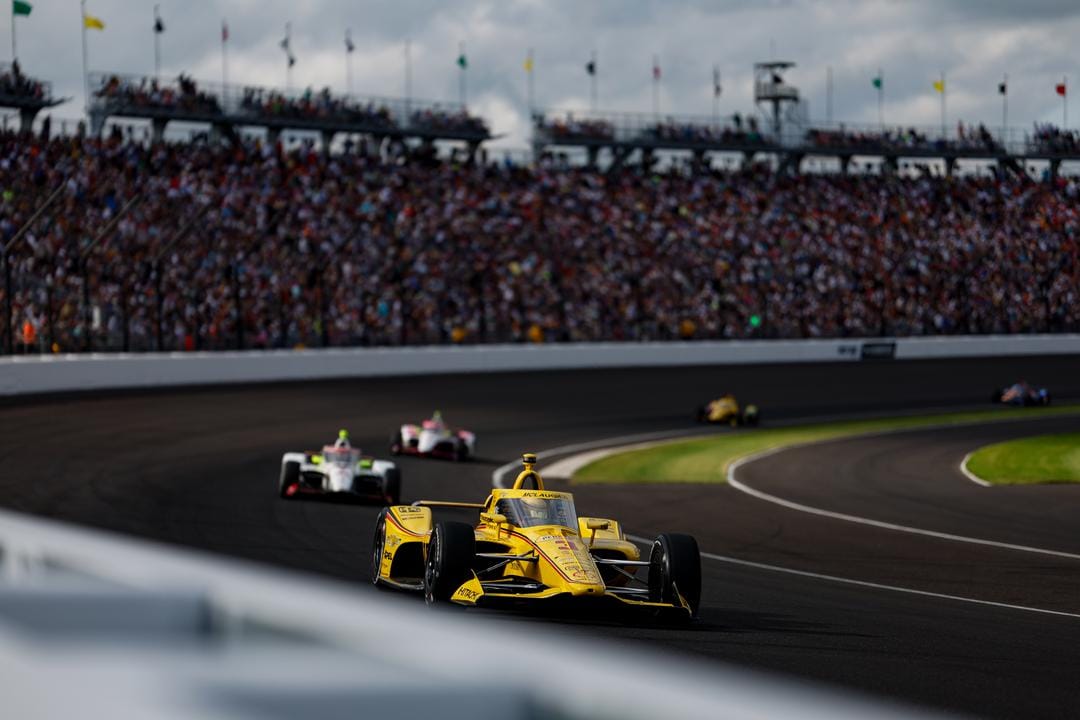
These are difficult questions to answer, and perhaps ideological.
Frankly, trying to introduce this system in such a short time frame is ridiculous when teams and drivers are planning for years to come, but that’s how it goes.
If IndyCar decides to use the leaders’ circle as a framework for entries that earn licenses, being in that circle of 22 entrants becomes vital to your IndyCar future.
Who is the most likely candidate to enter the last five races?
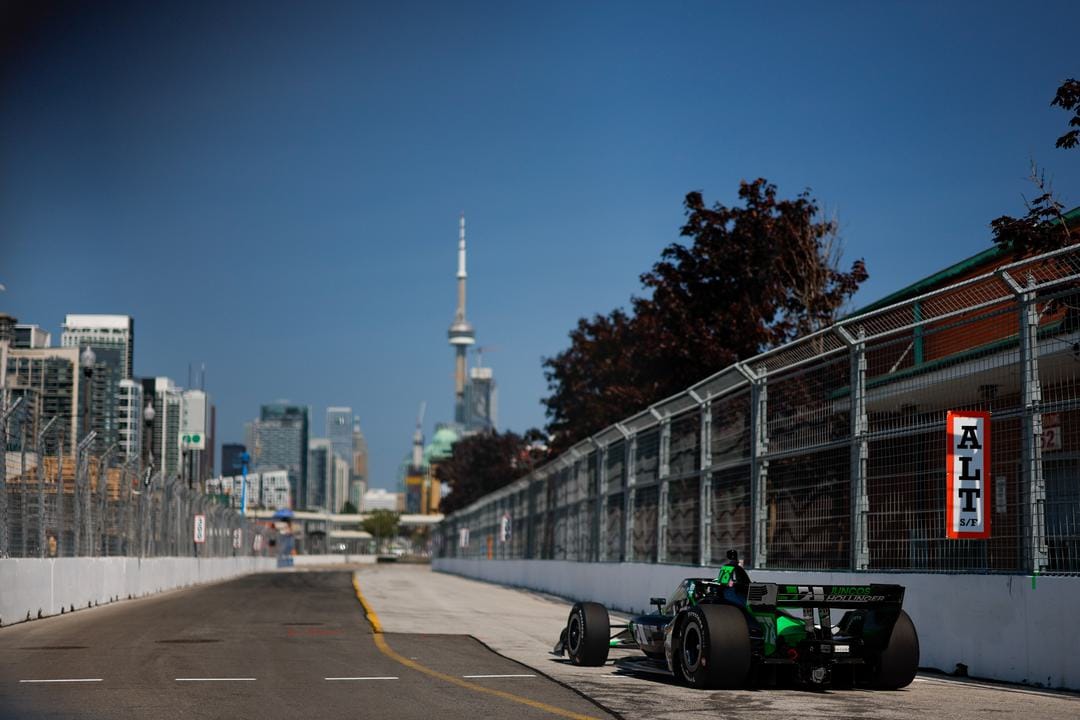
Technically, with five races remaining, championship leader Alex Palou is the only one safe from dropping out of the top 22, but we somehow think that’s unlikely!
Currently, Agustin Canapino is the first driver outside the top 23, and his car’s best result this year is 18 points. He just lost his seat, but if we hypothetically assume that whoever replaces him in that car can score 18 points in every race for the rest of the year, that would take his tally to 206 points.
So, in the case of this discussion, the cars that have already scored 207 points are safe because Canapino is unlikely to score more than 18 points in a race. He has scored that rate once in 12 races.
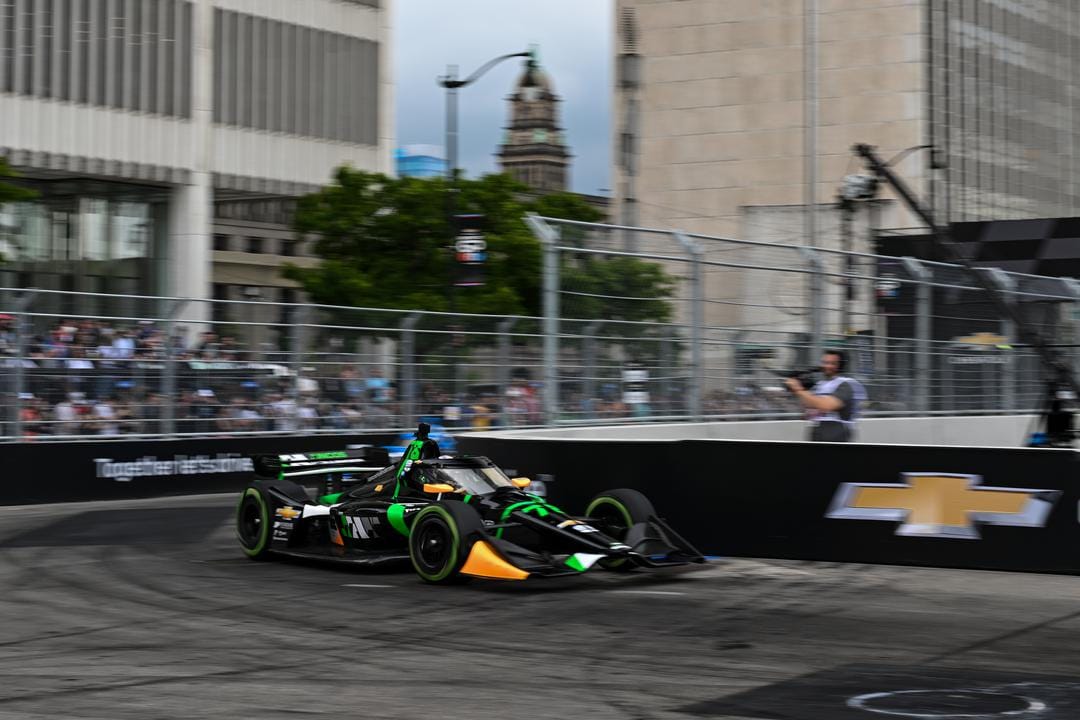
Battle of the Leaders Circle Modified by The Race
14 Ed Carpenter #21 201 points
15 Juncos Hollinger #77 199 points
16 Letterman Lanigan #15 197 points
17 McLaren #6 192 points
18 Janasi #8 173 points
19 Meyer Shank #66 144 points
20 Letterman Lanigan #30 135 points
21 Ed Carpenter #20 123 points
22 AJ Foyt #41 121 points
to cut
23 Juncos Hollinger #78 -5 points
24 Del Quinn #51 -6 points
25 Del Quinn #18 -30 points
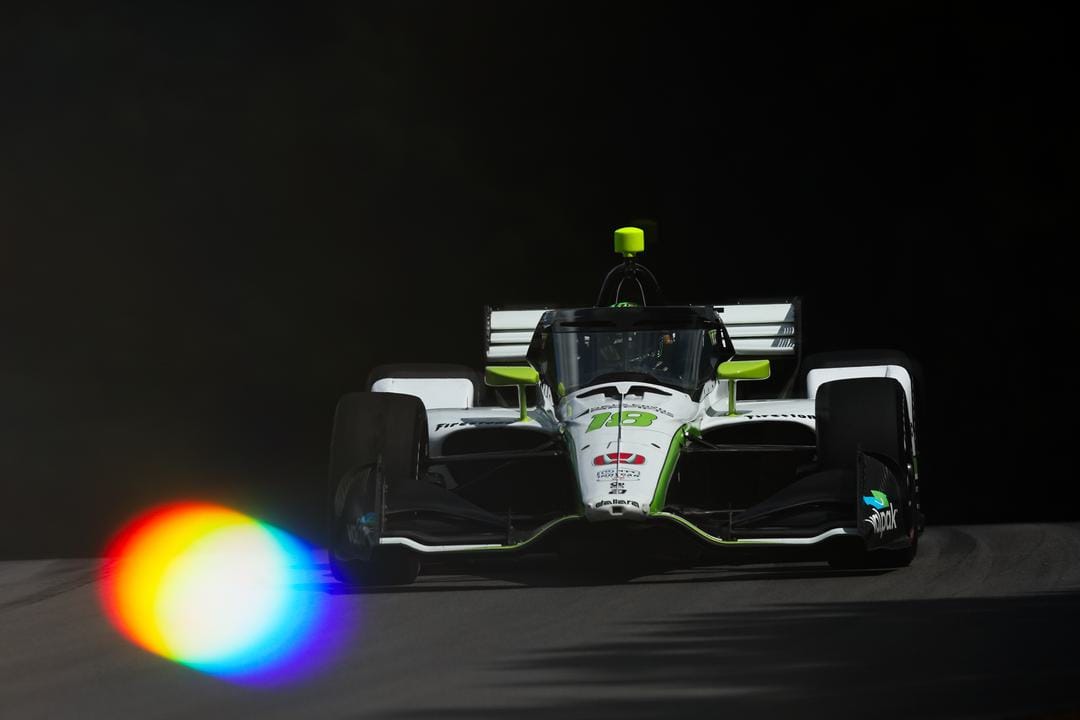
It seems highly unlikely that any of the other contenders will outscore anyone above Nolan Siegel’s 17th-placed #6 Arrow McLaren by 16 points or more in the race, especially since the 16th-placed Graham Rahal has averaged 16.59 points per race this season.
So, using a different metric, let’s apply Canapino’s current points per race to the rest of the season, 9.91, which brings his total to 166 points. So let’s make the #66 Meyer-Schank the last car with any realistic chance of getting out of the leaders’ circle.
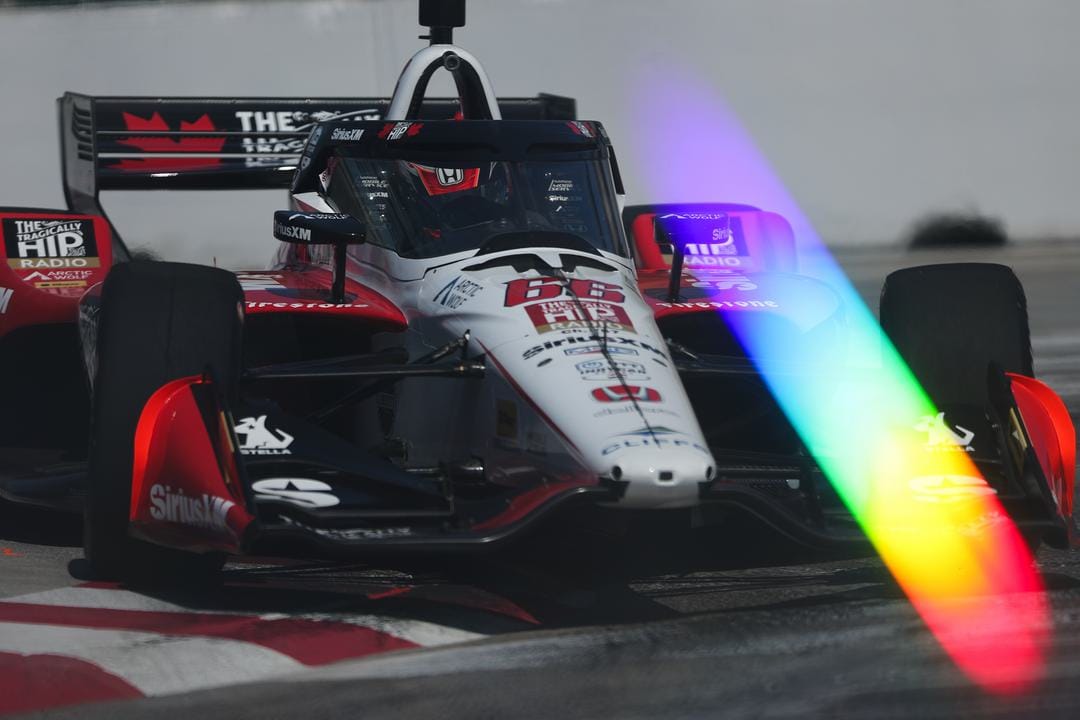
Our additional modified rating for the Leaders Circle
19 Meyer Shank #66 144 points
20 Letterman Lanigan #30 135 points
21 Ed Carpenter #20 123 points
22 AJ Foyt #41 121 points
to cut
23 Juncos Hollinger #78 -5 points
24 Del Quinn #51 -6 points
25 Del Quinn #18 -30 points
Let’s take a look at these entries in more detail to see if we can paint a better picture of what’s to come.
19 Meyer Shank #66
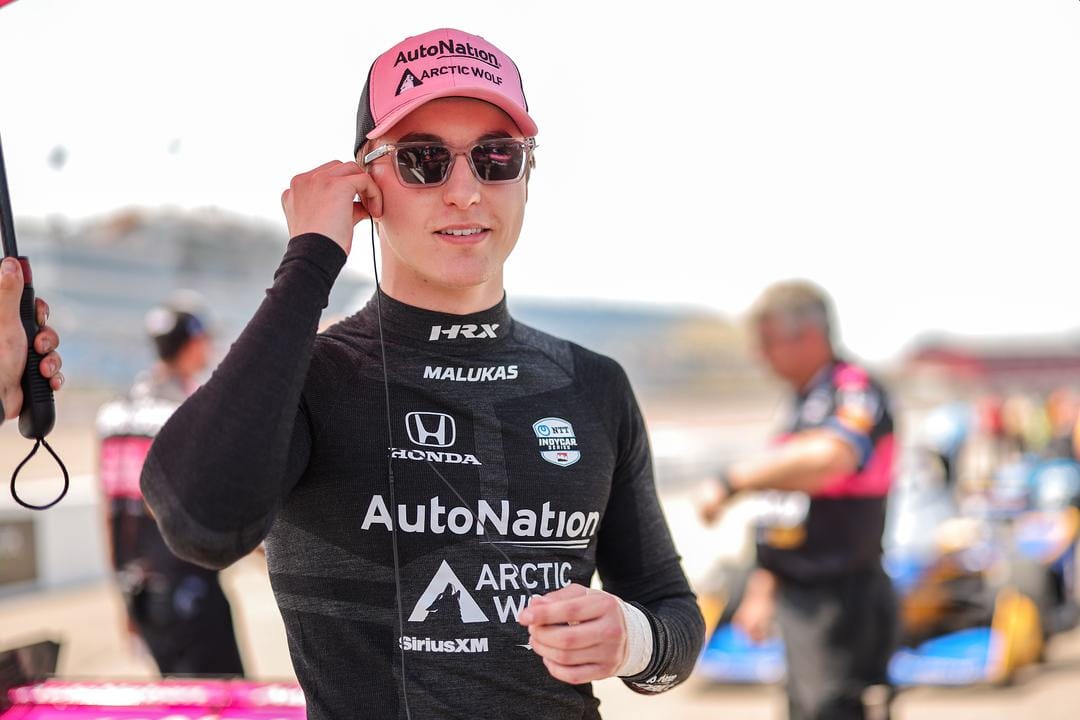
We can almost immediately rule out any danger to this car because since the team swapped Tom Blomqvist for David Malukas, the young American has put in some excellent performances.
Malukas was unlucky not to have better results – with some minor errors, but he is now recovering from the wrist injury that ended his McLaren career before it started – and he finished sixth last time out as well as a series of impressive qualifying performances.
He’s finished second and third at Gateway so far, and the short ovals tend to suit him. Andretti was strong in testing there last week, and feels untouchable.
20 RL for #30
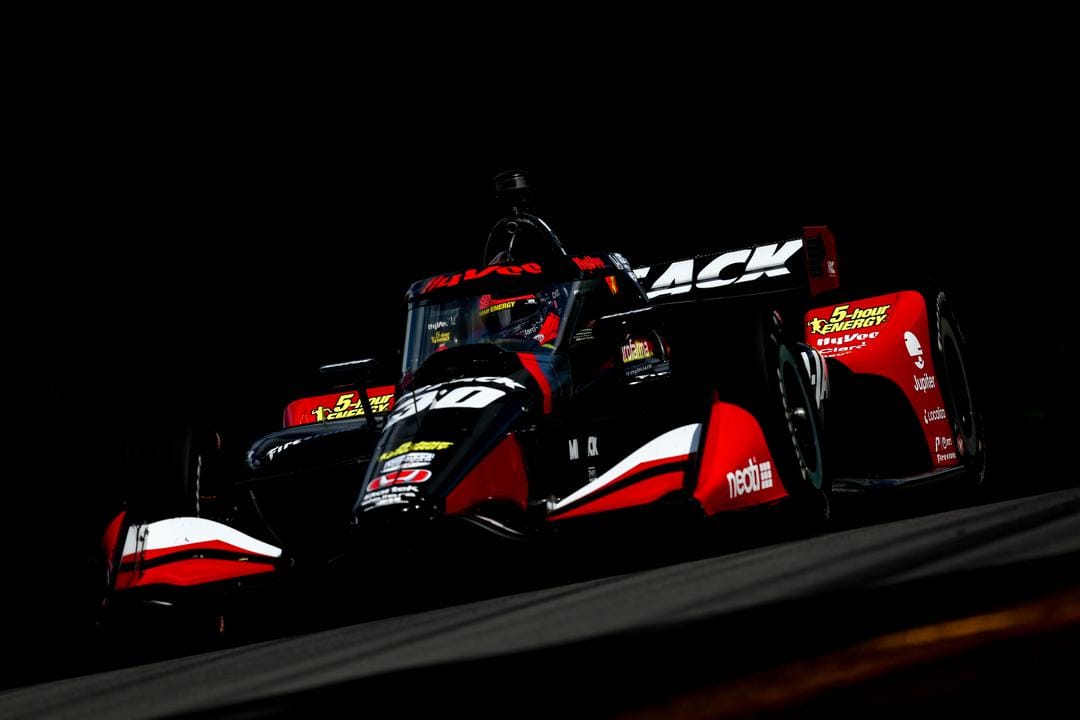
As the only IndyCar driver to drive a Formula 1 car this year, Pietro Fittipaldi’s performance has been extremely disappointing this year.
Both of his teammates have four top-10 finishes each, while he has none.
The team’s performances were not always flawless, but for a driver of Fittipaldi’s calibre – even with a fair amount of bad luck – his performance was poor. He also had the worst start in the team.
It’s unlikely he’ll be dropped in that Leader Circle battle, but he shouldn’t be anywhere near it anyway.
RLL running Juri Vips’ fourth car in Portland provides some sort of seat showdown – even if it isn’t – because if Vips performs better that weekend, it will be hard to make a case for Fittipaldi to keep his seat.
21 Ed Carpenter #20
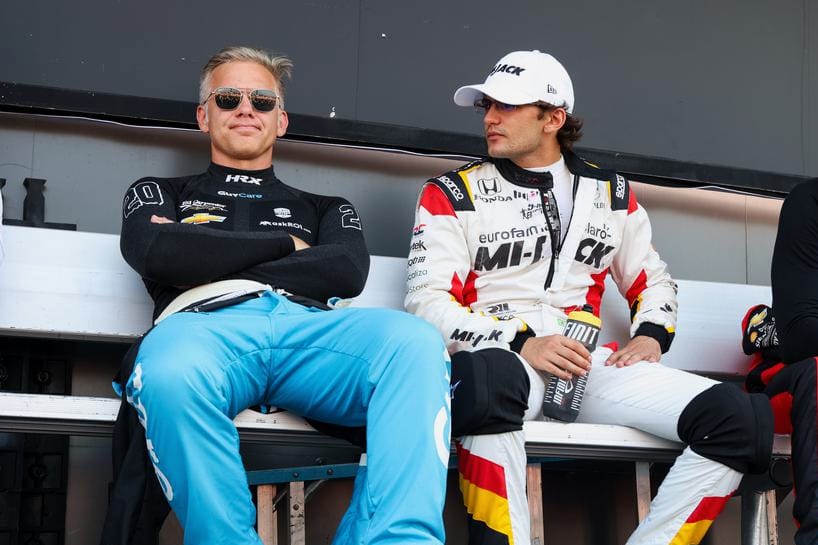
Unfortunately, Christian Rasmussen’s second-best finish of the year came under a different ECR car number, and with team owner Ed Carpenter taking over the ovals in this entry after only three top-20 finishes in his last eight attempts, Rasmussen’s impressive road and street season appears to have been in vain.
There’s more bad news as Carpenter will win four of the last five races in this car, so its ability to stay safe may depend on Rasmussen’s result in Portland and how strong the drivers are at the top, barring a big improvement in form by the boss.
22 AJ Foyt #41
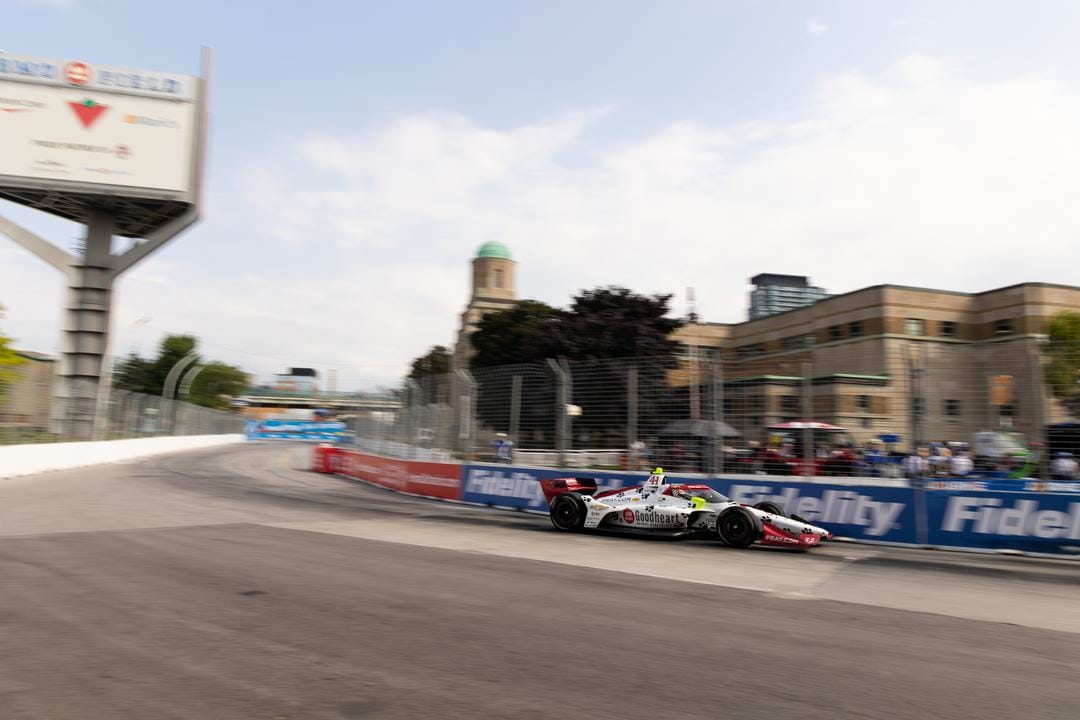
Although his teammate is competing for the top 10, Sting Ray Rob is 21st overall and feels he is the driver most likely to make way for Canabino.
However, Rob has performed slightly better on the oval tracks that make up the majority of the rest of the season, so there may be hope yet.
Of the drivers we’ve mentioned here who have raced on an oval, Rob has the best average finish in that race this season of any of them, even though there have only been three races on two tracks so far.
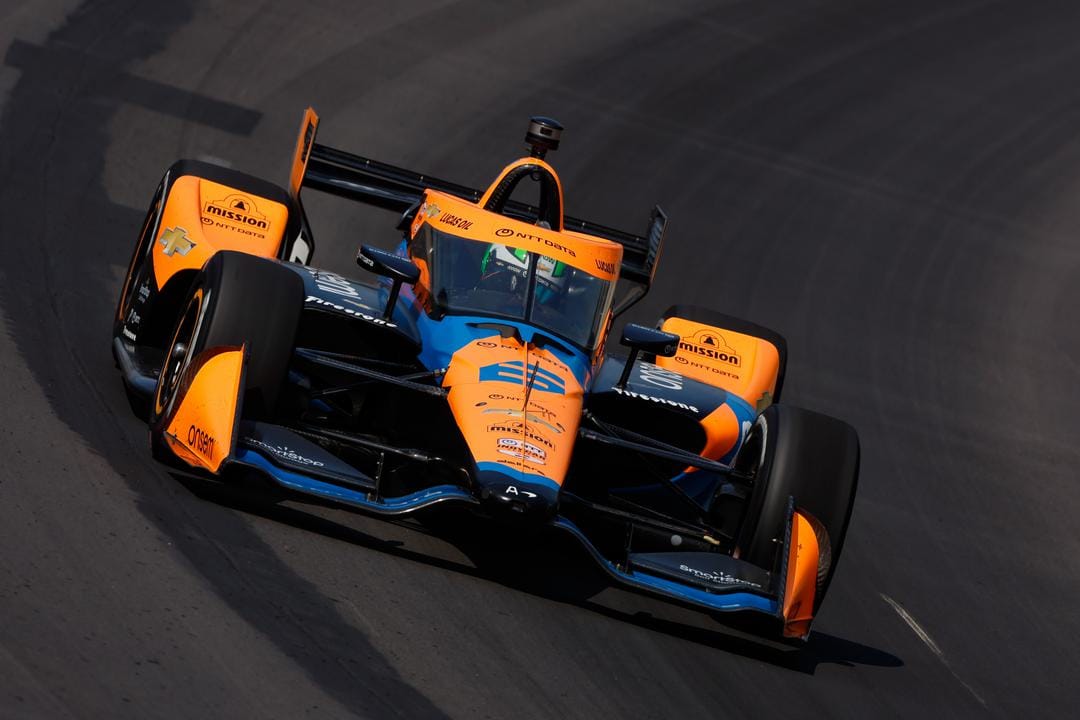
Average oval finish for full-time drivers competing for the top 22
12 sigils*13
15 robe 17.33
18 Malukas 19.5
20 Carpenter 19.67
21 Lundqvist 20.33
24 legs 23.33
25 Fittipaldi 23.67
26 Cannabis 24.67
*DNQ for Indy 500
23 Juncus Hollinger #78
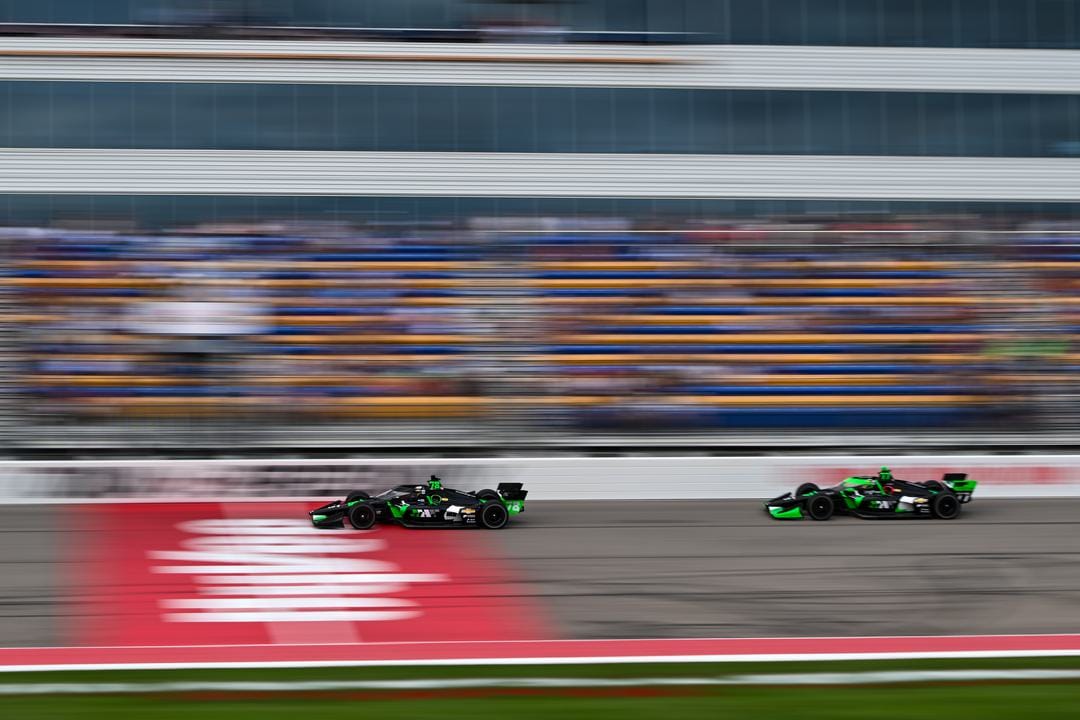
Agustin Canapino has had some bad luck on the track this year, but only luck can explain his 9.91 points per race average, which is part of the reason he lost his seat before the end of the season.
The team hasn’t performed as well on ovals this year as they did last season – we’ve only had three races on ovals – but that’s a concern and selecting an experienced oval driver for the rest of the season will be a top priority. Conor Daly fits that description well.
24 Dale Quinn #51
25 Dale Quinn #18
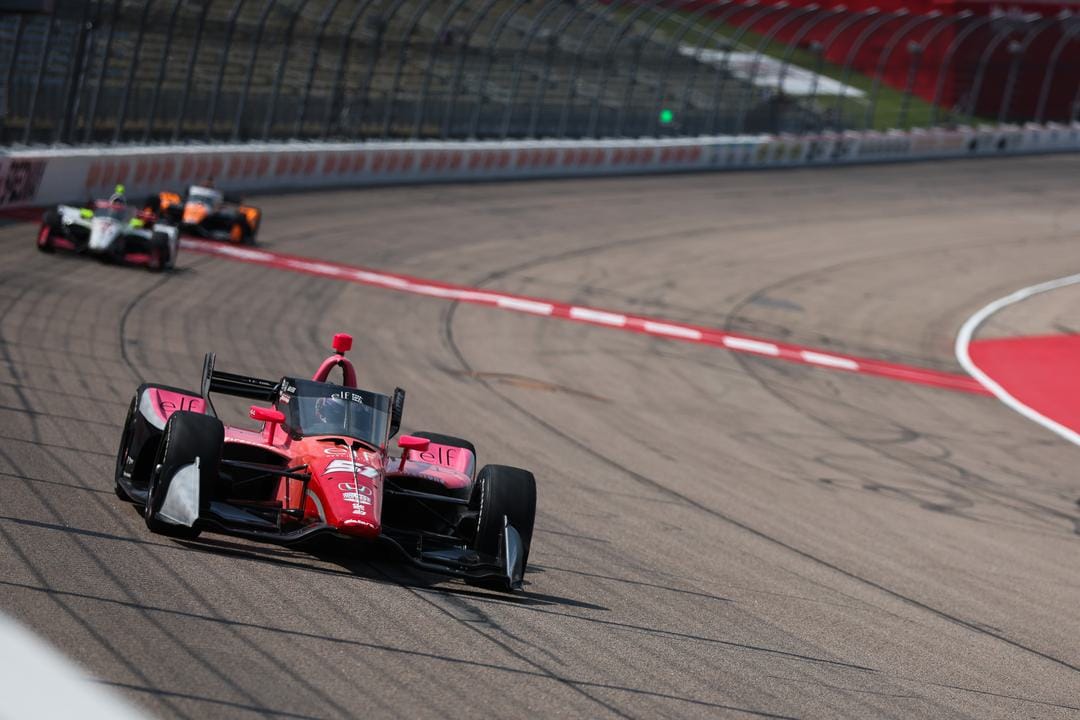
We can’t do much analysis here because we don’t know who will be driving Dale Quinn’s car on the oval track for the rest of the year.
Harvey’s average performance on the oval tracks we mentioned, if he can return from injury after back problems caused him to be replaced in Iowa. Katherine Legg has done better on the No. 51 track, but she is still only slightly ahead of some of their competitors in the leaders’ circle.
Quinn’s best bet would have been to bring back Conor Daly – who replaced Harvey at Iowa – and put him in the No. 51, which has the best chance of cracking the top 22, in the hope that he can provide oval magic.
But it looks like he will take Canapino’s seat at Juncos. And back to the drawing board for drivers at Quinn again, which has already fielded nine drivers.
It makes sense for Legge to move up to 18th place in order to increase the available points.




